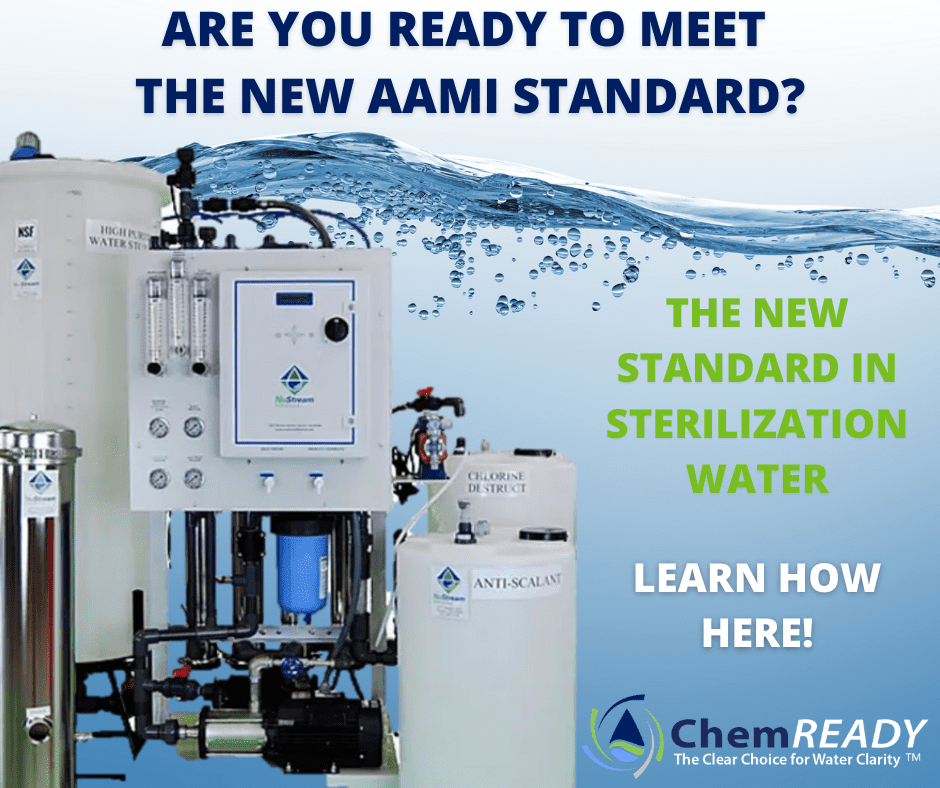

Water Quality is Important in Sterile Processing Sterile Processing in hospitals is one such application. This contamination can be problematic for many applications that use this potable water. However, despite this treatment, water can become re-contaminated with chemicals and microorganisms as it is distributed through the municipality’s piping infrastructure. Local public water systems treat water to these standards to make it potable (safe to drink). 1 The Agency sets regulatory limits for the amounts of certain contaminants in water provided by public water systems.
.jpg)
The Environmental Protection Agency (EPA) identifies contaminants to regulate in drinking water to protect public health. In terms of water purity, anything that is not an H+ or OH- ion is considered a contaminant or impurity. Water, which can exist as a solid, liquid, or vapor, consists of one atom of oxygen and two atoms of hydrogen bonded together by their shared electrons. This article will review the definition of water quality, the importance in sterile processing, adverse affects of poor water quality, and how the AAMI TIR 34 guidelines help ensure adequate water quality.Ĭlick here for information on the new AAMI ST108 standard. The annexes contain technical details pertaining to water treatment and monitoring for the benefit of water maintenance personnel.In order to educate and provide guidance to healthcare facility personnel, the Association for the Advancement of Medical Instrumentation (AAMI) publishes a comprehensive Technical Information Report (TIR) called TIR34 – Water for the reprocessing of medical devices. This TIR also provides definitions of terms and a bibliography.


AAMI TIR34 HOW TO
This standard addresses how to determine the water quality needs for reprocessing various categories of medical devices at various stages of reprocessing and how to assess, generate, monitor, and maintain water meeting those requirements. Annexes that provide technical information to water maintenance personnel (i.e., personnel who are involved in water treatment and distribution in the facility) to guide them in setting up and monitoring water treatment systems.Sections in the main text that provide guidance for personnel involved in medical device reprocessing on the selection of the recommended water quality for each stage of medical device reprocessing for each category of medical device and.Because the needs of these two groups are distinct, this technical information report (TIR) contains: Ensuring adequate water quality in device reprocessing requires collaboration between the personnel who reprocess medical devices and the personnel who establish and maintain the water treatment system. Water quality is an important consideration in all stages of medical device reprocessing. The AAMI TIR34 / ST108 is a water quality standard for medical device sterilization for the purpose of reprocessing equipment for future use.


 0 kommentar(er)
0 kommentar(er)
